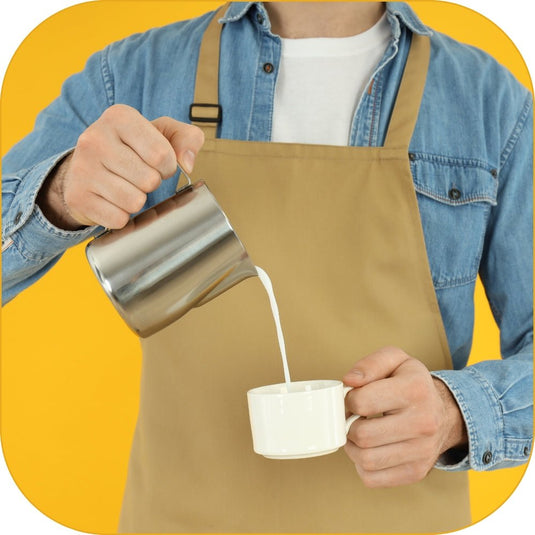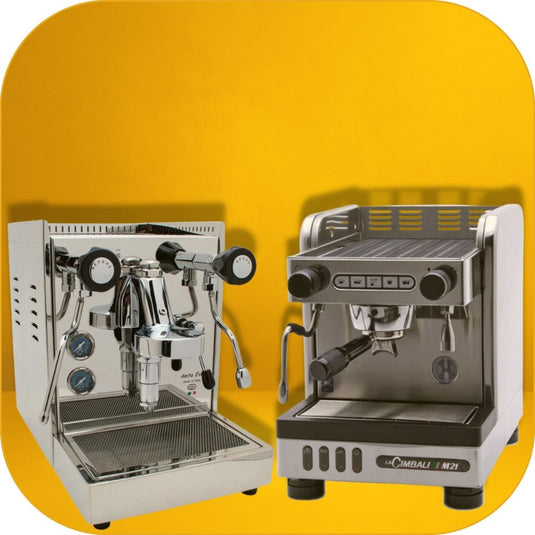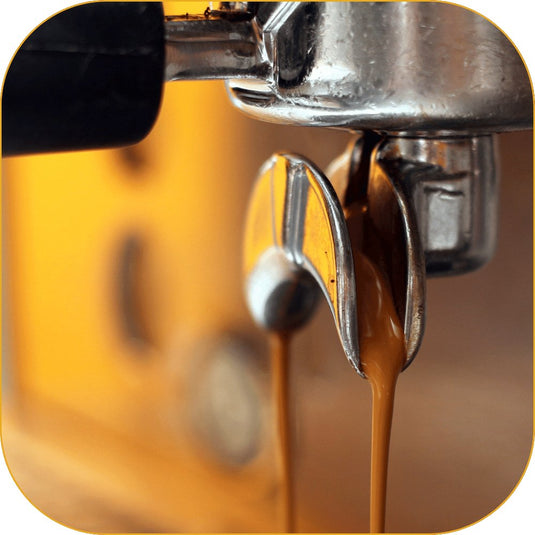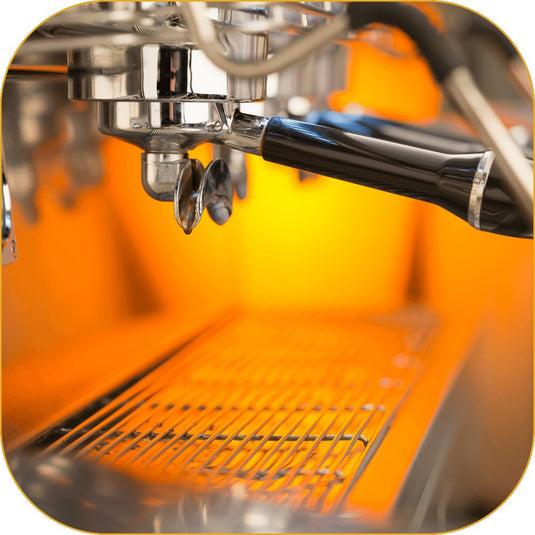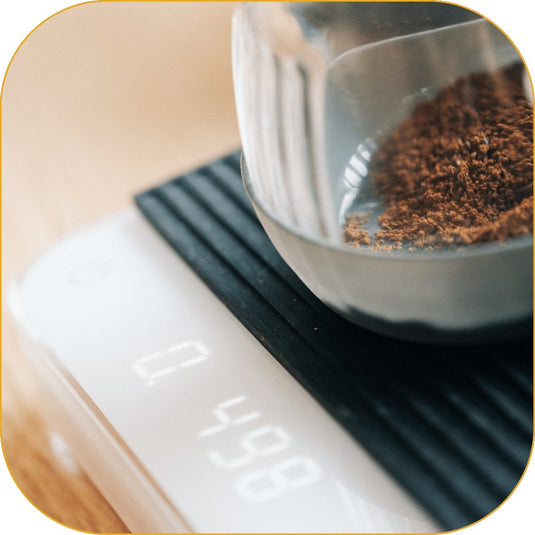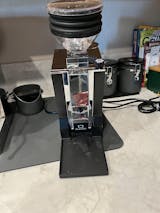The Art of Milk Frothing: Perfecting Your Latte and Cappuccino at Home

When it comes to crafting the perfect latte or cappuccino, milk frothing is an essential skill that can elevate your home coffee experience to that of a professional barista. The delicate balance of creating a smooth, creamy texture with just the right amount of foam is what separates an average cup from an exceptional one. In this guide, we'll walk you through the art of milk frothing, covering everything from choosing the right milk to perfecting the frothing technique.
Choosing the Right Milk
The type of milk you use plays a crucial role in the quality of your frothed milk. While whole milk is often considered the gold standard due to its higher fat content, which creates a rich, creamy texture, other types of milk can also be frothed successfully:
- Whole Milk: Provides a creamy, rich foam that's ideal for lattes and cappuccinos.
- Skim Milk: Produces a lighter foam with larger bubbles, resulting in a less creamy texture but more foam volume.
- Alternative Milks (Almond, Soy, Oat): Each alternative milk froths differently, with oat milk being the most popular for its close resemblance to whole milk in texture and creaminess. However, it’s important to use a brand that’s specifically formulated for baristas, as these tend to froth better.

Frothing Techniques: Step-by-Step Guide
Achieving the perfect froth requires both technique and patience. Here's a step-by-step guide to help you master the art of milk frothing:
- Start with Cold Milk: Pour your milk into a frothing pitcher. Start with about 6 ounces (175 ml) of cold milk per cup of coffee. Using cold milk ensures that you have enough time to achieve the desired froth before the milk overheats.
- Position the Steam Wand: Place the steam wand just below the surface of the milk at a slight angle. This position allows air to be incorporated into the milk, creating foam. Make sure the steam wand is centered in the pitcher to ensure even frothing.
- Create Microfoam: Turn on the steam wand to introduce air into the milk. You should hear a hissing sound as air is being incorporated. Keep the steam wand just below the surface until the milk volume doubles, creating microfoam (tiny bubbles that give the milk a silky texture).
- Submerge the Wand: Once the milk has frothed to your liking, submerge the steam wand deeper into the milk to heat it evenly. Aim for a temperature of about 140-150°F (60-65°C). Be careful not to exceed 160°F (70°C), as overheating can cause the milk to taste burnt.
- Polish the Milk: Turn off the steam wand and remove it from the milk. Gently tap the pitcher on the countertop to remove any large bubbles, and swirl the milk to create a glossy, smooth texture.
- Pour and Serve: Pour the milk over your espresso shot, starting with the liquid milk and finishing with the foam. For lattes, aim for a 1:3 ratio of foam to liquid milk, while cappuccinos require a 1:1 ratio.
Achieving the Right Texture and Temperature
The texture and temperature of frothed milk are key to creating a delicious coffee beverage. Here are some tips to help you get it right:
- Texture: Aim for a texture that's smooth and velvety, with microfoam that blends seamlessly into the espresso. Avoid large, airy bubbles, which can create a dry or frothy texture that's less desirable.
- Temperature: The ideal milk temperature is between 140°F and 150°F. If you don’t have a thermometer, a good rule of thumb is to hold the pitcher with your hand; when it becomes too hot to touch for more than a couple of seconds, it’s ready.
Conclusion
Mastering the art of milk frothing is an essential skill for any home barista. With the right technique and tools, you can create beautifully frothed milk that enhances the flavor and texture of your lattes and cappuccinos. Whether you’re using whole milk or an alternative, the key is practice and patience. Experiment with different milk types, frothing techniques, and pitchers to find the combination that works best for you.

